Tips for Submitting an Award-Winning Piece
By Keith Nagle, MPS North America
Each year the industry print associations hold their respective print awards program. This is an opportunity for converters to share their work and receive recognition amongst their peers. After the awards announcements are made each year, many converters find themselves asking what they could do to elevate their submission to an award. As a judge in both of our industry association’s print awards programs, I would like to offer the following tips.
Get an early start
Time is of the essence when submitting an award. Do not wait until the last minute to coordinate everything that is needed. In many cases, you will need to rely on others within your organization to support your efforts—samples, press set up information, components, and so on. Give yourself enough time to deliver what is necessary according to the submission guidelines. Don’t wait until you see TLMI’s social media reminder last call for submissions at the end of the open period. Some converters grab their submission samples throughout the year because they run complex or highly detailed jobs.
Double-check submission guidelines
Even the best submission can get disqualified if it does not adhere to the guidelines set by TLMI. If it lands on the judges’ table without necessary documents or falls short of the minimum requirements, they may not give it another glance. For all the time and effort, you will invest in a submission, it is vital to follow the rules and ensure you get equal consideration for your hard work. It may help to have a second set of eyes review your final submission. Do you have the job set up information? Did you provide details as to the difficulty of the job? Do you have the proper number of repeats or samples?
Pick the right category
Within each awards program you will find many distinct categories in which you can submit pieces for recognition. Often the judges find a piece that is placed into a category that takes away from the beauty and complexity of the label. For example, when you submit a piece in the category for screen printing it will judged on the screen work in the label. Everything from dot structure, cleanliness, how clean is the drop off, registration if process, etc. Understanding this, it would be a disservice to your submission to submit it in the screen category if only 10 percent of the label is screen printed. This would mean that 90 percent of the label is not being judged. All that beautiful line work, foiling, embossing, difficult registration, and time is not judged accordingly. Every year the judges look at the submissions and say, “that piece could win best of show if it was in the correct category.”
Also keep in mind that the judges may miss some of the intricacies of your piece if you do not submit any details on the work. It is considered favorable to provide a small write up on the job to be sure the judges understand what it took to deliver the end result.
Consider the judge’s point of view
Print award judges are industry professionals that come together to scrutinize the submissions. The judge’s role is not to be critical of the submitting companies, but to drill down to the absolute best printed piece in each category.They inspect these pieces under loupes and scopes looking for defects and deviations. Often these print deviations cannot be seen at arm’s length, but judges look much closer than that. It has happened that the final vote came down to which submission had the tightest registration. The last thing the judges want to do is award a piece that will be presented and displayed that’s out of register.
Why Participate?
Everyone has their reasons, but when I talk to my converter friends the reasons vary.Several industry leaders see this as a marketing initiative.Can you think of a better way to market your strong quality and capabilities to prospective customers than walking them into your facility and them seeing all of your prestigious recognition? Others have said it’s a way to help them get better at their craft.Submit what you believe is good award-winning print and have an industry panel grade them. Over time your internal quality control can become stale to the process and push work though and submitting these pieces allows us to grade our own process.We take the results and sit down afterwards to review and grow.
The judges enjoy this process each year as they meet, but it often brings heartache when they see pieces that can and should win an award not get the recognition it deserves. Many times, this can be avoided with a little more care during the submission process. Will you win every award you submit for? Unfortunately, no. Even the industry’s biggest names still must compete for a spot and, if their submission does not measure up, they must wait until the following year.
The 2022 Print Awards are now open. Click here for more information.
Click here to see past winners and to brush up on the guidelines and categories.
Have an idea for next month’s TechConnect or want to get involved in the Technical Committee? Email techconnect@tlmi.com!







